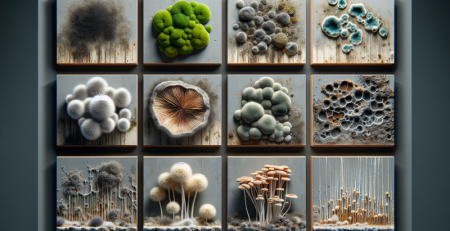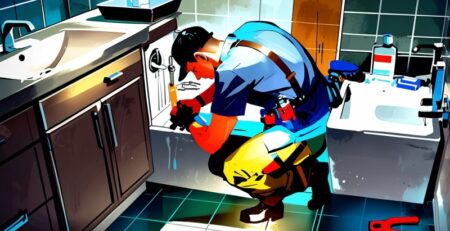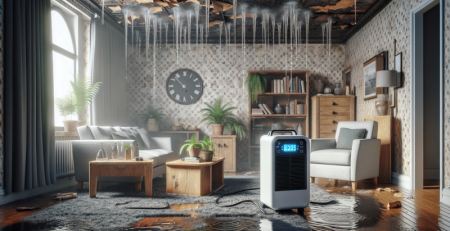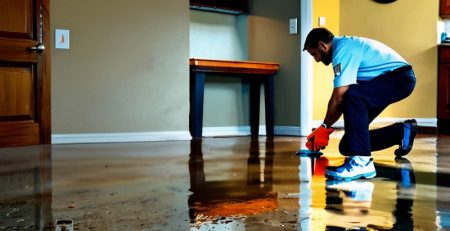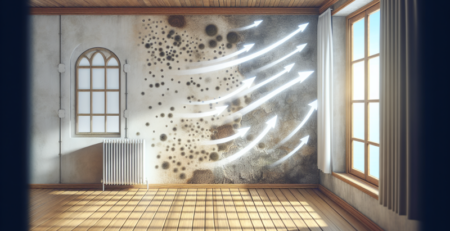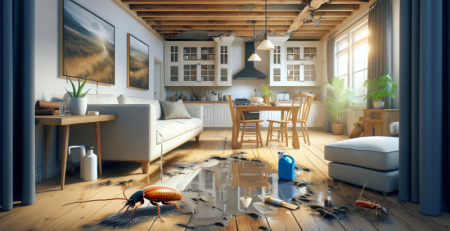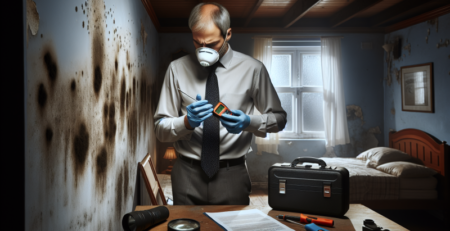Signs of Hidden Water Damage in Drywall
Water damage in drywall isn’t always obvious at first glance. While dramatic leaks or floods leave behind visible stains or bubbling, hidden water damage can quietly compromise your walls, insulation, and even your home’s structural integrity. If left unchecked, it can also lead to dangerous mold growth. Here’s how to recognize the early warning signs before the damage gets worse.
Why Hidden Drywall Water Damage Is Dangerous
Unlike surface stains, hidden water damage may be trapped behind paint or inside wall cavities. Over time, it can weaken drywall panels, promote mold growth, attract pests, and compromise your home’s value. That’s why early detection is critical—especially in areas like basements, kitchens, bathrooms, and attics where leaks often go unnoticed.
Common Causes of Hidden Drywall Moisture
Leaky pipes behind walls
Roof leaks that drip into wall framing
Condensation from poor ventilation (common in bathrooms or basements)
Faulty window or door seals
Overflow from bathtubs, sinks, or appliances
Flooding or high indoor humidity
Top Signs of Hidden Water Damage in Drywall
1. Discoloration or Yellowish Stains
Brown, yellow, or rust-colored marks—especially near the ceiling or baseboards—often signal a water leak. These stains may expand over time or change color with humidity.
2. Bubbling, Peeling, or Cracking Paint
If your wall paint starts to bubble or peel, water may be trapped beneath. Flaking or cracking finishes are also a strong indicator that drywall has absorbed moisture.
3. Soft or Warped Wall Texture
Press lightly on your walls—if they feel soft, squishy, or warped in spots, the drywall has likely weakened due to water absorption.
4. Musty or Damp Odors
Persistent musty smells are a sign that moisture is present behind walls, especially if you can’t see visible stains. This could also indicate the early stages of mold growth.
5. Mold Spots or Mildew Growth
Black, green, or white specks forming on wall surfaces or corners can mean mold is feeding off moisture inside the wall. Even small patches should be taken seriously.
6. Sudden Increase in Utility Bills
Hidden water leaks can lead to continuous water loss, which may show up as a sudden spike in your water bill—especially if no other changes in use occurred.
How to Confirm Hidden Water Damage
If you suspect drywall water damage, consider:
- Using a moisture meter to scan wall sections
- Hiring a professional with infrared thermal imaging tools
- Removing small wall sections (in extreme cases) to inspect framing and insulation
- Listening for dripping or hissing sounds near pipes
What to Do If You Spot the Signs
Act quickly. The longer water sits, the greater the risk of mold and structural decay.
Stop the source. Shut off valves, fix leaks, or patch roof issues immediately.
Dry the area. Use fans, dehumidifiers, or call professionals to dry affected walls.
Inspect for mold. If mold is present, don’t DIY—it’s safer to call a remediation team.
Repair or replace drywall. Severely damaged or moldy sections must be removed and replaced.
Protect Your Home with Kraus Restoration (Serving NJ)
If you suspect hidden water damage in your drywall, Kraus Restoration offers professional water damage assessment, drywall replacement, and mold remediation across New Jersey. Our certified technicians use advanced moisture detection tools and safe restoration methods to fully repair the problem and prevent long-term issues.
Serving Morris, Essex, Union, Middlesex, Somerset, and more.
Call us today or visit krausrestoration.com to book service online.
